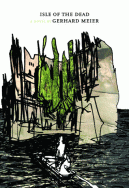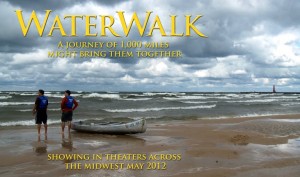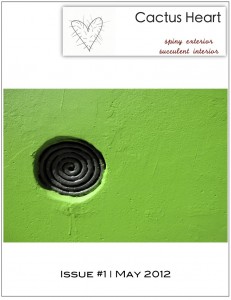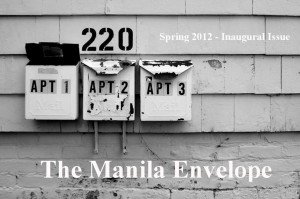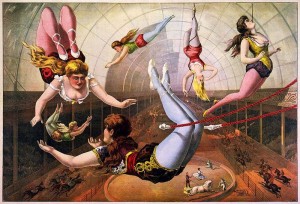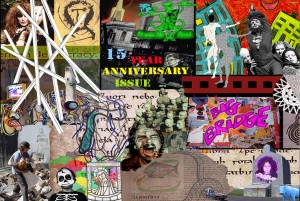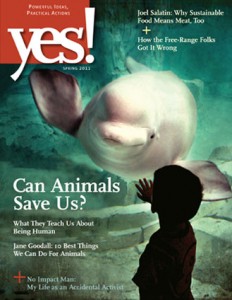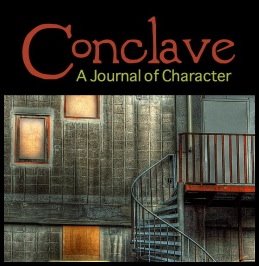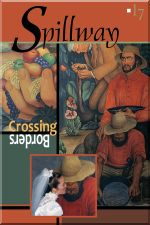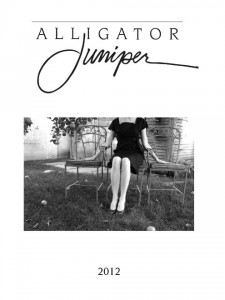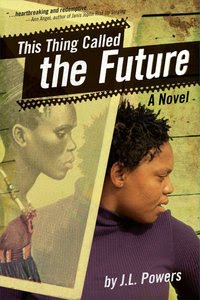phren-Z is a quarterly online literary magazine published by Santa Cruz Writes. phren-Z promotes the work of writers with a connection to Santa Cruz County, California, publishing fiction, non-fiction, poetry, plays, monologues, essays, and interviews.
Editors Karen Ackland (fiction), Julia Chiapella (poetry), and Jory Post (non-fiction, plays, and monologues) started phren-Z “ to develop and sustain a vibrant literary community dedicated to the craft of writing and its ability to inform, reveal, and enchant.” As such, readers can find writing in all genres from both established and emerging writers with a connection to Santa Cruz County, California. The Floodlight section provides in depth coverage on a given topic – a specific writer, event, or other issue of significance to the local literary community.
“phren-Z is community oriented,” say the editors, “so each issue will feature a public reading of contributors work, read by the authors themselves. We also will continue to seek opportunities for writers to get their work in front of the public including, but not limited to, radio performances, community TV performances, and an annual printed edition.”
Works available for online reading include essays by Wallace Baine, Don Rothman, Karen Ackland, Sarah Albertson, Vinnie Hansen, Neal Hellman, and Stephen Kessler; poetry by Carolyn Burke, Farnaz Fatemi, Gary Young, Buzz Anderson, Anna Citrino, Arthur Streshly, and Amber Coverdale Sumral; fiction by Clifford Henderson, Micah Perks, Paul Skenazy, Elizabeth McKenzie and Paula Mahoney, an interview with Karen Tei Yamashita, a monologue by Wilma Marcus Chandler, and “Love Letters Project,” in which nine Santa Cruz authors participated in The Love Letters Project held at The Museum of Art and History (MAH), Bookshop Santa Cruz, and Felix Kulpa Gallery. Each writer was asked to contribute a poem or letter they had written for someone or something they love. Contributors include Wallace Baine, Lauren Crux, Stephanie Golino, Neal Hellman, Cheyenne Street Houck, Erin Johnson, Wincy Lui, Elizabeth McKenzie, and Alyssa Young.
Those wishing to submit can go to phren-Z’s Submit page. A link to Submittable will guide writers through the process.
Additionally, phren-Z is interested in exploring where and how writing intersects with other creative disciplines. The editors seek out events, performances, exhibitions, etc., that offer opportunities for writing within a creative context.

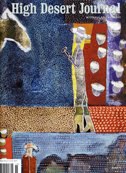


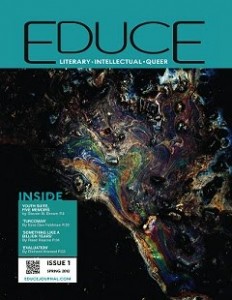
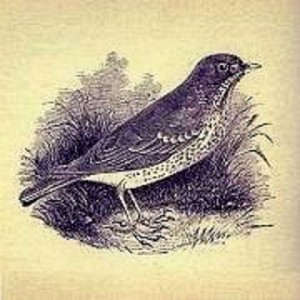
 – (UK) poetry, fiction, photography
– (UK) poetry, fiction, photography = electronic publication for e-readers
= electronic publication for e-readers = online magazines
= online magazines